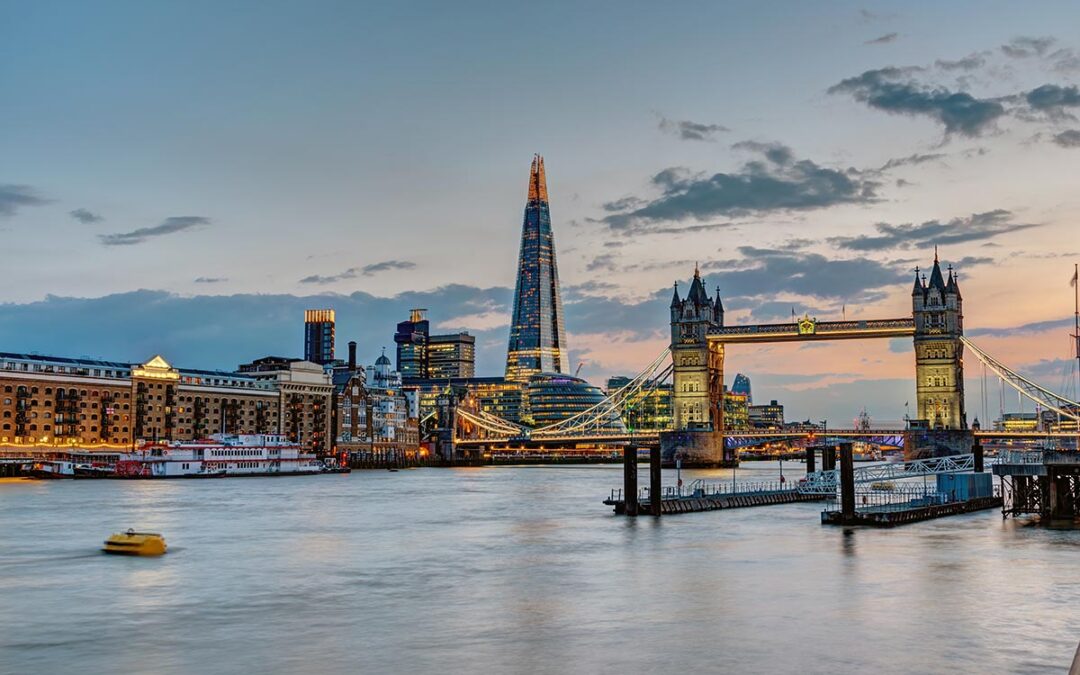So you’ve secured your golden ticket to the 2026 TCS London Marathon. The initial euphoria has faded, replaced by the sobering reality that you’re about to take on one of the world’s most iconic races. Having guided dozens of runners through this exact journey, I can tell you that getting in was only the first hurdle. The real work—and the real magic—begins now. This isn’t another generic training plan; this is your tactical blueprint for mastering London’s unique challenges and creating a race day you’ll remember forever.
The London Marathon’s Three Psychological Zones
Every marathon has physical challenges, but London’s true test often happens between your ears. Understanding these mental zones transforms them from obstacles into opportunities.
1. The Start Line Paradox: Controlled Chaos in Blackheath
Those three separate starts (red, blue, green) create distinct race experiences from the very first second. The blue start feels like a village fête with its historic Charlton House backdrop, while red start runners face immediate camber on the roads.
- The Mental Trap: Getting swept up in the wrong pace group because “everyone else is doing it”
- The Strategy: Run your first 5K entirely by feel, ignoring your watch. The downhill sections are deceptive—if you feel like you’re working, you’re going too hard
- Pro Tip: Scope out your specific start area during Saturday’s shakeout run to eliminate race morning surprises
2. The Canary Wharf Mind Game: London’s Great Divide
Between miles 14-21, you’ll encounter the course’s most psychologically complex section. Seeing faster runners on the opposite side of the road can either inspire or devastate, depending on your mental preparation.
- The Mental Trap: Comparing your struggle to others’ apparent ease
- The Strategy: Wear sunglasses (even on cloudy days) to create a “focus bubble.” Count runners wearing a specific colour instead of watching the other side of the road
- Pro Tip: The “Tunnel of Love” through Canary Wharf is the loudest section—use this energy boost to reset your form and mindset
Advanced Pacing: Why Even Splits Won’t Work in London
London’s course profile looks flat until you understand its subtle topography. A negative split strategy often backfires here due to the late-stage challenges.
The Three-Phase London Pacing Strategy
- Phase 1 (Miles 1-10): Aim for 10-15 seconds slower than goal pace. The early declines tempt you to bank time—resist this at all costs
- Phase 2 (Miles 11-22): Settle into goal pace, but prepare for the mental test of Canary Wharf. This is where most runners lose their race plan
- Phase 3 (Miles 23-26.2): The Embankment’s “false flat” will make goal pace feel impossible. Shift to effort-based running rather than watching your watch
The London-Specific Training Most Runners Miss
Your standard marathon training needs London-specific modifications to handle this course’s unique demands.
Camber Training: The Secret London Prep
London’s roads slope significantly toward the gutters, creating uneven stress on your body.
- How to Train: Do one easy run per week on a cambered road, switching sides every kilometre
Benefit: You’ll finish with fresher hips and IT bands when others are seizing up
Downhill Control: Saving Your Quads for The Mall
The early downhills destroy quads if taken too aggressively.
- How to Train: Add 4-6 x 90 second downhill repeats at 5K effort with full recovery
- Benefit: Teaches your muscles to absorb impact without braking, preserving crucial energy
Race Week in London: Beyond the Expo
How you handle the days before the race can make or break your marathon.
The Expo Shortcut
Everyone heads to the ExCeL on Friday afternoon and Saturday. Instead, go Thursday evening when it’s quiet, or Saturday at opening. You’ll get better merchandise selection and save your legs from hours of standing.
The Transport Hack Nobody Talks About
Instead of cramming onto packed trains, many local runners book a hotel within walking distance of their start area. The extra cost is worth the calm, controlled race morning.
The Perfect London Taper Run
On Saturday, run your shakeout along the final 3 miles of the course (from Temple station to The Mall). Visualizing your triumphant finish 24 hours early provides powerful mental reinforcement.
The Final 5K: Navigating London’s Sneaky Finish
The approach to Buckingham Palace seems straightforward until you’re running it on tired legs.
Birdcage Walk: The Longest Mile
This seemingly flat straight before The Mall feels endless because you can see the finish from 800 metres out. Don’t start your sprint until you pass the Victoria Memorial—it’s further than it looks.
The Mall Mindset
When you finally turn onto The Mall, look up at the flags and crowds. Soak it in—you’ve earned this moment. The slight incline to the finish is barely noticeable when you’re floating on adrenaline.
Beyond the Medal: Making Your London Moment Last
The real victory isn’t just finishing; it’s creating an experience that stays with you. Have your family meet you at the designated meeting area in Horse Guards Parade (and have a backup plan). That evening, wear your medal to dinner—every restaurant in London knows what it means, and you’d be amazed at the upgrades and free desserts that appear.
Remember: thousands of people want to be where you are. However your race unfolds, you’re part of something special. Train smart, race wiser, and don’t forget to look up occasionally—you’re running through history.

